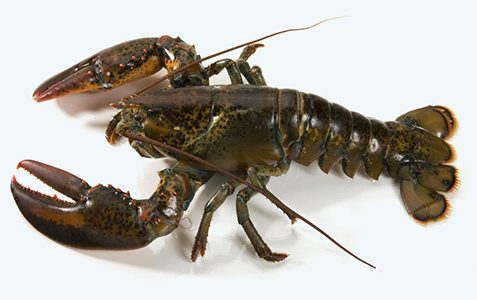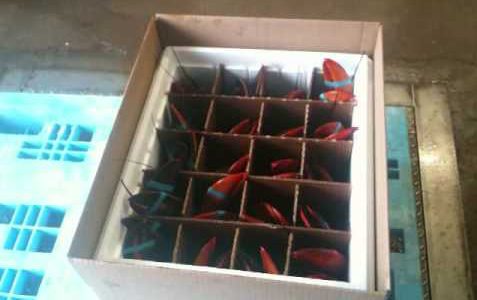1-902-460-8706 or 1-800-604-1733
Pay By Credit Card With PayPal Secure
Delivered By FedEx Priority Overnight - Shipping Included In Listed Price
-
Sale!
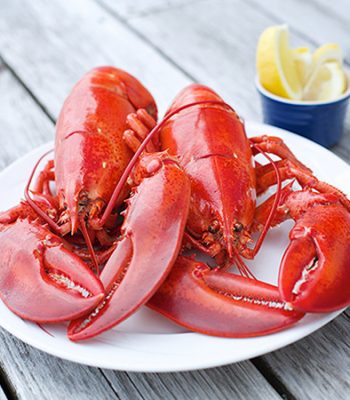
Dinner For 2 – Live NS Lobsters 2 x 1-1.25 lb Shipping Included
$195.00$175.00 Add to cart -
Sale!
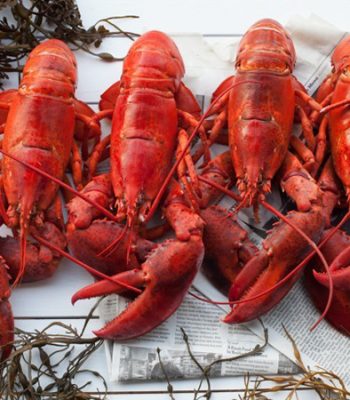
Dinner For 4 – Live NS Lobster 4 x 1.5 lb shipping Included
$245.00$232.00 Add to cart -
Sale!
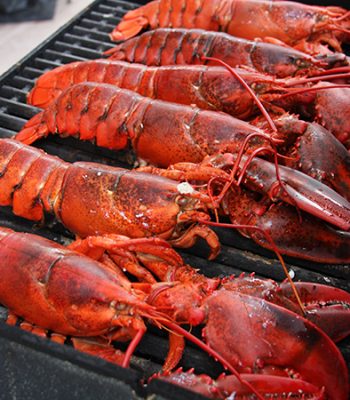
10 lbs – 7 Live NS Lobsters 7 x 1.5 lbs Shipping Included
$345.00$314.00 Add to cart -
Sale!
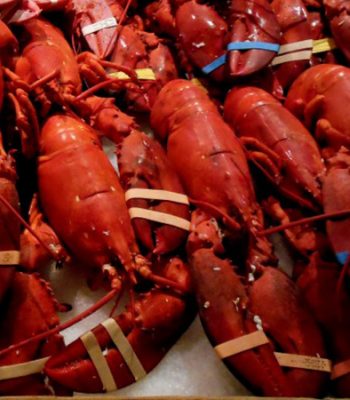
15 lbs – 10 Live Nova Scotia Lobster 10 x 1.5 lbs Shipping Included
$445.00$417.00 Add to cart -
Sale!
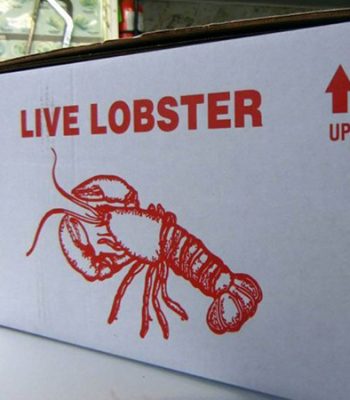
20 lbs – 13 Live Nova Scotia Lobsters 13 x 1.5 lbs Shipping Included
$535.00$504.00 Add to cart -
Sale!
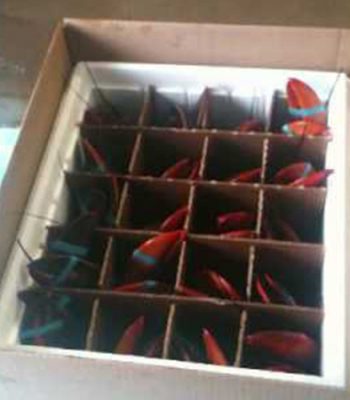
30 lbs – 18-20 Live Nova Scotia Lobsters 18-20 x 1.5-1.75 lbs Shipping Included
$705.00$655.00 Add to cart
Lobster Supplier Processing Plant
Lobster Supplier processing plants are located on the shores of Atlantic Canada. We are able to use the fresh crystal clear sea water off the coasts of Nova Scotia, PEI, New Brunswick. The temperature of this water is constantly refrigerated and controlled to optimize live hard shell lobster all year round. Constant care is given to assure only lobsters with the hardest shells and fullest meat are shipped.
Ordering Your Lobster
How Much Lobster
Determine how many lobsters you will be needing for your upcoming event or office party and the size of each lobster. The size of the lobster are shown on our price quote page with our pounds converter. You can easily convert number and size of lobster to a total of pounds to submit when requesting your price estimate.
Estimate Request Form
Use our estimate request form to get a total price estimate of your lobster and shipping to your destination. Be sure to enter all the required information including postal or zip code so that the estimate is as accurate as possible.
Payments
Once you receive the price estimate of your order from us, we will then need your payment by Interac E-Transfer from your online bank account at least 2 days before the order needs to be delivered. Lobsters are then packed and sent the following morning.
ORDERING FROM US
Next Day Delivery
Fresh Live Lobsters
Canadian Lobster
Atlantic Canada’s Lobster ( Homarus americanus )
The Canadian lobster, Homarus americanus, is a species of lobster found on the Atlantic coast of North America, chiefly from Labrador to New Jersey. It is also known as Canadian lobster, true lobster, northern lobster, Canadian Reds, Boston Lobster or Maine lobster. It can reach a body length of 64 cm (25 in), and a mass of over 20 kilograms (44 lb), making it not only the heaviest crustacean in the world, but also the heaviest of all living arthropod species. Canadian / American lobsters are usually bluish green to brown with red spines, but several color variations have been observed.
Homarus americanus is distributed along the Atlantic coast of North America, from Labrador in the north to Cape Hatteras, North Carolina in the south. South of New Jersey, the species is uncommon, and landings in Delaware, Maryland, Virginia and North Carolina usually make up less than 0.1% of all landings. A fossil claw assigned to Homarus americanus was found at Nantucket, dating from the Pleistocene. In 2013, an American lobster was caught at the Farallon Islands off the coast of California.
The American lobster thrives in cold, shallow waters where there are many rocks and other places to hide from predators. It typically lives at a depth of 4–50 m (13–164 ft), but can be found up to 480 m (1,570 ft) below the surface.
American lobsters are a popular food. They are commonly boiled or steamed. Hard-shells (lobsters that are several months past their last molt) can survive out of water for up to four or five days if kept refrigerated. Soft-shells (lobsters that have only recently molted) do not survive more than a few hours out of water. Lobsters are usually cooked alive, which may be illegal in certain areas and which some people consider inhumane.
One common way of serving lobster ‘tail’ (actually the abdomen) is with beef, known as surf and turf. Lobsters have a greenish or brownish organ called the tomalley, which, like the liver and pancreas in a human, filters out toxins from the body. Some diners consider it a delicacy, but others avoid it because they consider it a toxin source or dislike eating innards.
A set of nutcrackers and a long, thin tool for pulling meat from inaccessible areas are suggested as basics, although more experienced diners can eat the animal with their bare hands or a simple tool (a fork, knife or rock). Eating a lobster can get messy, and most restaurants offer a lobster bib. Meat is generally contained in the larger claws and tails, and stays warm quite a while after being served. There is some meat in the legs and in the arms that connect the large claws to the body. There is also some small amount of meat just below the carapace around the thorax and in the smaller legs.
Most lobsters come from the northeastern coast of North America, with the Atlantic Provinces of Canada and the U.S. state of Maine being the largest producers. They are caught primarily using lobster traps, although lobsters are also harvested as bycatch by bottom trawlers, fishermen using gillnets, and by scuba divers in some areas. Maine completely prohibits scuba divers from catching lobsters (violations could result in up to a $1000 fine). Maine also strictly prohibits the landing of lobsters caught by bottom trawlers and other “mobile gear”. Massachusetts offers scuba divers lobster licenses for a fee, and they are only available to state residents. Rhode Island also requires divers to acquire a permit.
Lobster traps are rectangular cages made of vinyl-coated galvanized steel mesh or wood, with woven mesh entrances. These are baited and lowered to the sea floor. They allow a lobster to enter, but make it difficult for the larger specimens to turn around and exit. This allows the creatures to be captured alive. The traps, sometimes referred to as “pots”, have a buoy floating on the surface, and lobstermen check their traps between one and seven days after setting them. The inefficiency of the trapping system has inadvertently prevented the lobster population from being overfished. Lobsters can easily escape the trap, and will defend the trap against other lobsters because it is a source of food. An estimated 10% of lobsters that encounter a trap enter, and of those that enter 6% will be caught.
Lobster Delivery anywhere in the world!
Our Shipping Partners
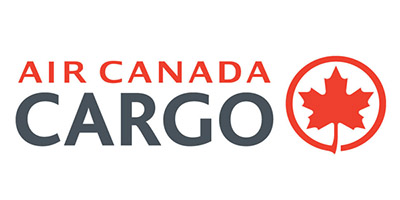 |
 |
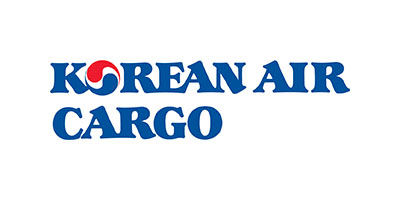 |
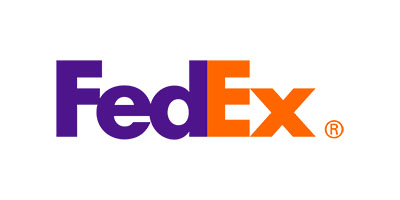 |
 |
 |


